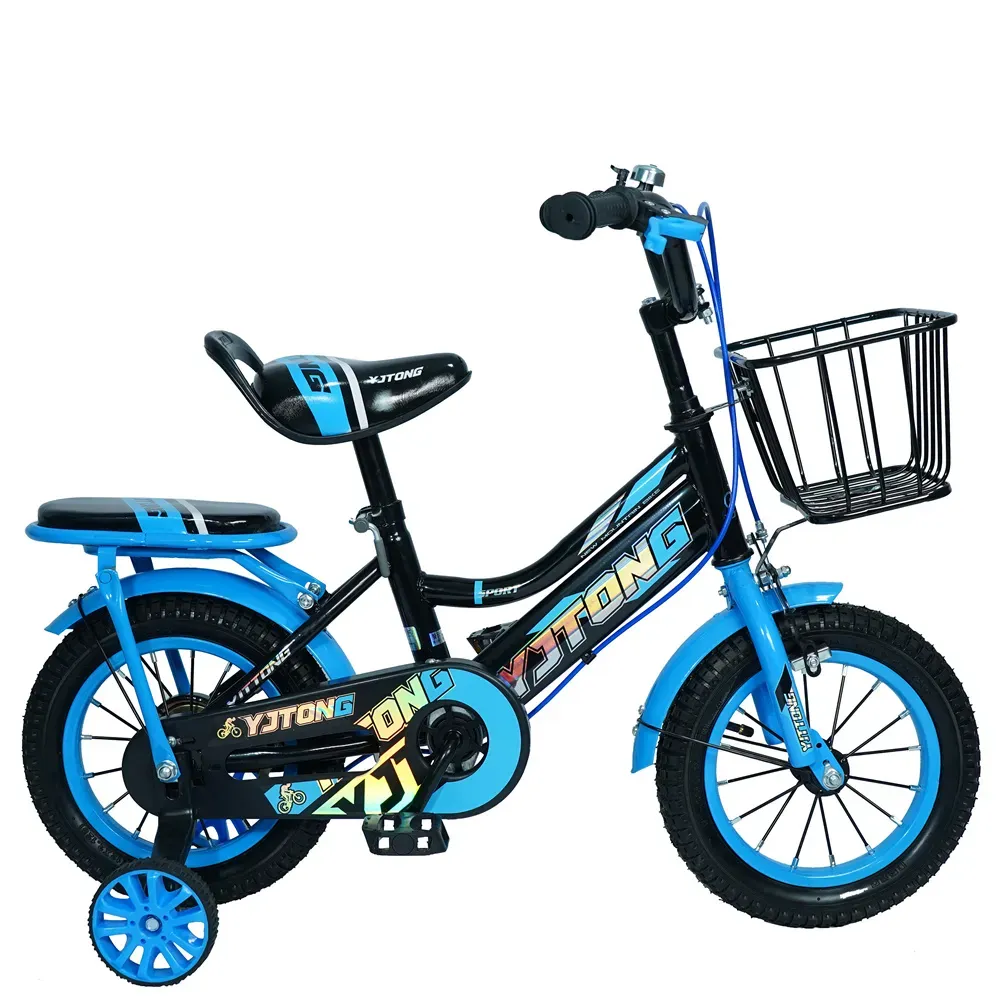mountain bike and road bike difference
The Differences Between Mountain Bikes and Road Bikes
When it comes to cycling, choosing the right type of bike can significantly impact your riding experience. Two popular categories are mountain bikes and road bikes. Each is designed specifically for different terrains and riding styles, making it essential for cyclists to understand the differences between them before making a purchase. Below, we'll explore the unique characteristics of mountain bikes and road bikes, helping you decide which one might be best suited for your needs.
Design and Frame
The first noticeable difference between mountain bikes and road bikes is their frame design. Mountain bikes usually feature a sturdy frame built to withstand rough terrains, obstacles, and even crashes. They often have a more upright geometry, which provides better control and visibility over uneven surfaces. These bikes typically use thicker tubing and robust materials to enhance durability.
In contrast, road bikes prioritize speed and efficiency. Their frames are lightweight and designed for aerodynamics, allowing cyclists to maintain high speeds on smooth pavements. Road bike geometries are usually more aggressive, putting the rider in a lower, more aerodynamic position. This design reduces wind resistance, making road bikes ideal for racing and long-distance rides.
Tires and Suspension
Another critical difference lies in the tires and suspension systems. Mountain bikes come equipped with wide, knobby tires designed to grip the loose, uneven surfaces of trails and off-road paths. These tires absorb shocks and provide stability on rocky or muddy terrain. Additionally, many mountain bikes feature suspension systems—either front suspension (hardtail) or full suspension (dual suspension)—to further enhance shock absorption and comfort during rough rides.
On the other hand, road bikes utilize narrower, smoother tires, which create less rolling resistance on paved roads. With tire widths typically ranging from 23mm to 28mm, they are ideal for speed and efficiency, facilitating better aerodynamics. Road bikes usually lack suspension systems, as the smoothness of the roads allows for a more rigid setup, providing better power transfer from the bike to the pavement.
Gearing and Shifting Systems
mountain bike and road bike difference

The gearing systems on mountain and road bikes also reflect their differing purposes
. Mountain bikes usually come with a wider range of gears to help riders tackle steep inclines and varied terrains. They often feature lower gear ratios, allowing for easier pedaling when climbing hills or navigating challenging obstacles.In contrast, road bikes have a narrower gear range, focusing on higher gear ratios to maximize speed on flat and downhill stretches. This gearing arrangement allows for efficient pedaling at high speeds, which is essential for road racing and long-distance cycling.
Riding Style and Comfort
The intended riding style significantly influences the comfort and ergonomics of mountain and road bikes. Mountain biking emphasizes control and stability, which is why these bikes are designed to absorb rough shocks and provide a more comfortable, upright riding position. Cyclists may find themselves navigating through natural obstacles, making comfort a priority for extended rides.
Road biking, however, emphasizes speed over comfort. The aggressive riding position may cause discomfort over extended periods, particularly for beginners. However, seasoned road cyclists often appreciate this design for the aerodynamic advantage it offers during competitions or long rides.
Conclusion
In summary, whether you choose a mountain bike or a road bike largely depends on your cycling goals and the type of terrain you plan to ride on. Mountain bikes are built for rugged, adventurous riding, providing stability and comfort on off-road trails. Conversely, road bikes are engineered for speed and efficiency on paved surfaces, making them ideal for racing and long-distance travel.
Ultimately, understanding the differences between these two bike types will help you make an informed decision, ensuring that your choice aligns with your riding preferences and objectives. Happy cycling!
-
kids-scooter-tiny-olympic-games-scooterathlonNewsAug.22,2025
-
kids-scooter-waves-xingtai-zhongzhous-global-rippleNewsAug.22,2025
-
baby-tricycle-oem-legacy-zhongzhou-forgedNewsAug.22,2025
-
xingtais-twin-tricycle-revolution-siblings-ride-togetherNewsAug.22,2025
-
baby-tricycle-design-inspired-by-ancient-armorNewsAug.22,2025
-
nfc-chip-enabled-oem-baby-tricycle-trackingNewsAug.22,2025
-
The Perfect Baby TricycleNewsAug.11,2025








